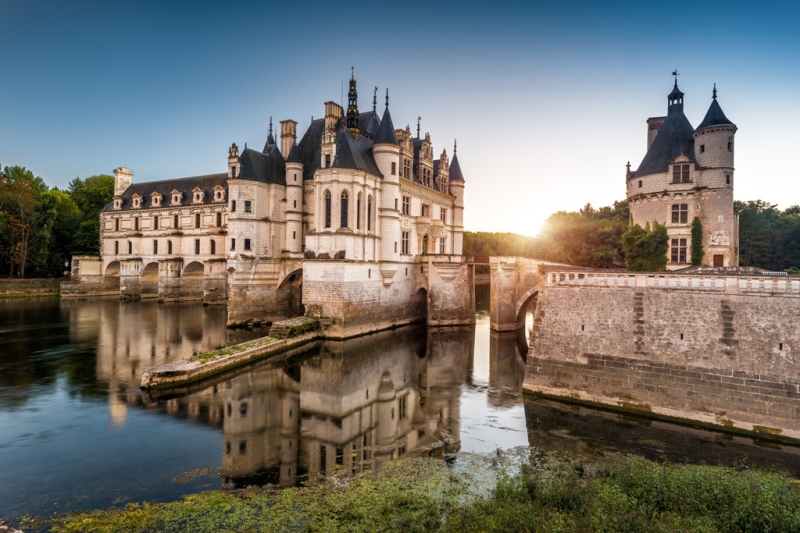
Lush green parks, small villages, and ancient castles are the main attractions of the Loire River valley. Historians call it the land of bread and wine, poets call it the wedding dress of France, these places are so majestic and romantic.
Over the last thousand years, representatives of the French nobility built more than a hundred castles in the Loire River valley. Many have been perfectly preserved to this day. Today we will tell you about the most famous of them: Amboise, Blois and Chenonceau.
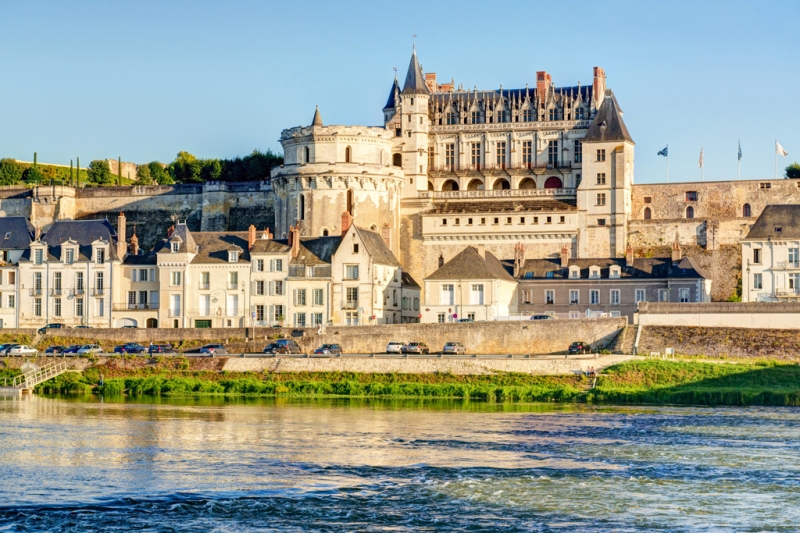
Amboise Castle (on the map)
Initially, the fortification, erected in the 10th century, belonged to the Amboise-Chaumont dynasty, but later this family was accused of plotting against the ruler, and the castle and all possessions were confiscated in favor of the royal house.
King Charles VIII of France, who grew up in these places, started a full-scale reconstruction of the castle and made it his residence. To do this, he invited Italian architects Domenico da Cortona and Fra Giocondo.
The castle reached its peak during the reign of Francis I. At that time, Charlotte of Savoy, the ruler’s wife, lived here. Especially for her and the heir born within the walls of Amboise, the king started a large construction project: he reconstructed the castle and erected new richly decorated buildings.
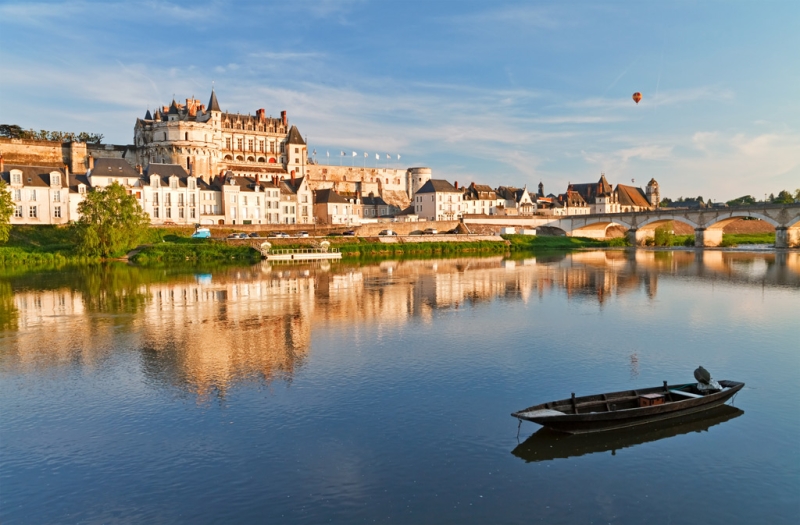
From then until 1518, the castle of Amboise became the center of social life. Luxurious balls, tournaments of knights, magnificent celebrations with masquerades and feasts took place here. In 1515, Leonardo Da Vinci, the genius of the Italian Renaissance, settled nearby on the small estate of Clos Lucé. Here he completed his work on La Gioconda and soon died. The famous artist and inventor was buried in the chapel of St. Hubert right on the castle grounds.
In 1660, Amboise lost its status as a royal residence, which quickly affected its fortunes. First, most of the outbuildings were dismantled, thereby reducing the territory of the castle five times. And then they completely plundered it; this happened already during the Great French Revolution.
Since 1974, Amboise Castle has been under the care of the National Foundation named after St. Louis. The organization is engaged in the restoration of the palace and its surrounding parks.
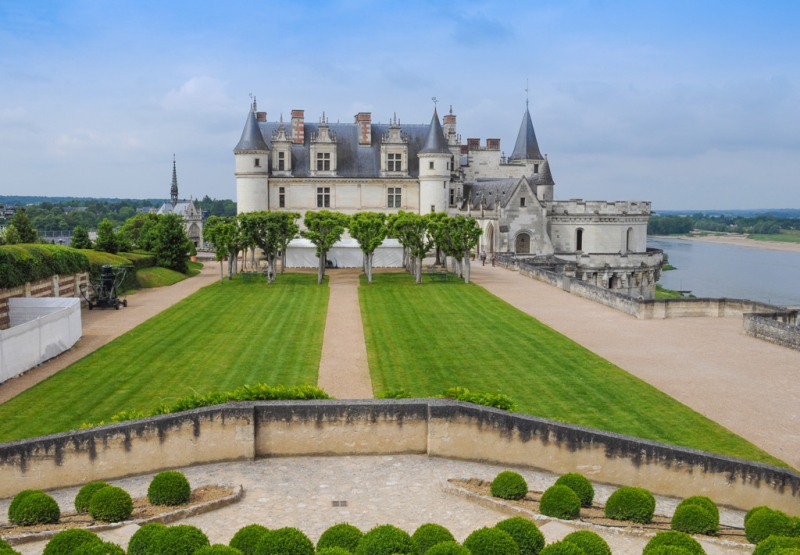
From the capital of France, you can get to the old royal residence by car or by train, which departs from the Austerlitz train station five times a day. Travel time will be about 3 hours. Ticket price is 28 euros. The train from Orleans takes only an hour, and a ticket can be bought for 16.5 euros.
On summer evenings, tourists come to Amboise to watch the costumed light and music show “Walks under the Starry Sky”. Inside the castle and in the richly decorated garden, performers act out scenes from the life of the court of King Francis I. The show in the garden is accompanied by audiovisual effects with laser projection.
Tours of the castle are available all year round, with groups formed on site. The entrance ticket costs from 6.5 to 9.5 euros depending on the time of year. The castle’s opening hours also change: from November to March, visitors are allowed from 9 a.m. to 5 p.m., and at the height of the tourist season, the castle is open three hours longer.
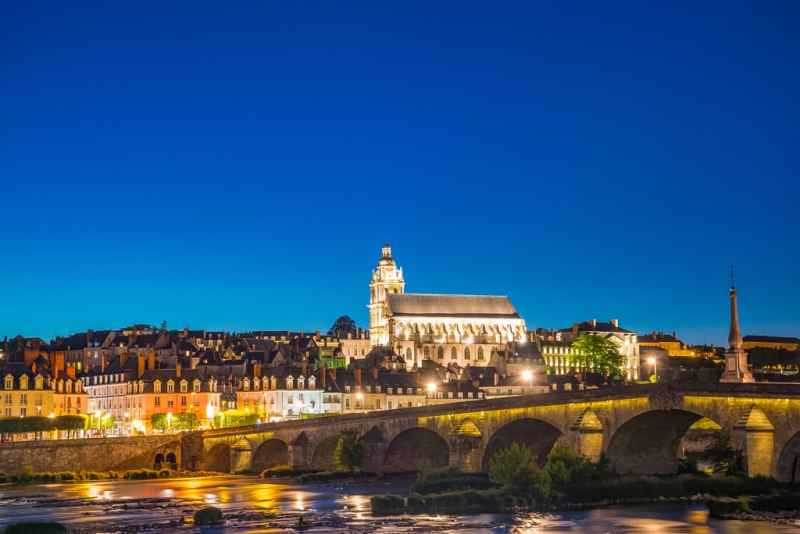
Blois Castle (on the map)
The largest of the Loire castles was founded in the 13th century. The first owner of the palace was Louis of Orleans. His grandson Louis XII ascended the throne and made the family nest a royal residence. So the castle became the center of political life. Here the king received international delegations, concluded truces and planned new military operations.
The “Golden Age” of the palace did not last long. Soon the castle fell into disrepair. A slight revival reigned in Blois during the time of Gaston d’Orléans, who laid claim to the throne, but never became ruler. Having been defeated in a series of court intrigues, the king’s brother was exiled to Blois. Here he concentrated all his efforts on improving the palace, which he was unable to complete – he ran out of money.
After the death of Gaston d’Orléans, the castle was excluded from the political life of the country. It got to the point that the monarch Louis XVI turned the ownerless palace into a soldiers’ barracks.
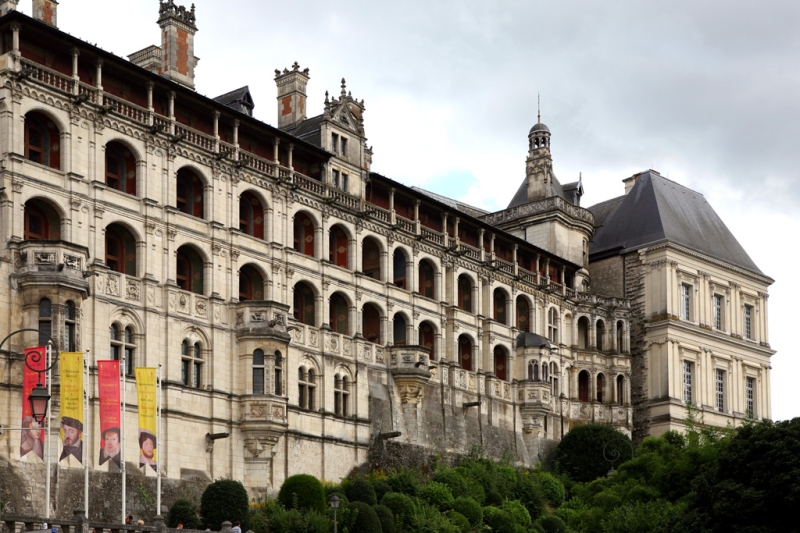
The restoration of the Château Blois began in 1845 under the leadership of the architect Duban. In addition to general restoration work, he reconstructed and refurnished the royal apartments, which can be viewed during the tour.
A visit to the castle costs from 4 to 13 euros, depending on the season and type of ticket. In addition to visiting the rooms, tourists can visit the Museum of Fine Arts. Its exhibition is dedicated to the era of Louis of Orleans. Paintings by masters of the Italian Renaissance, sculptures and objects of applied art form the basis of the exhibition at the palace museum. If you are planning to visit the Castle of Blois between May and September, then do not forget to go to the light and sound show, which takes place daily in the park part of the ensemble.
Since the Château Blois is located almost 200 kilometers from Paris, the easiest way to get to it is by car or train. The cost of traveling by rail will be 25 euros, and the journey will take no more than 2 hours.
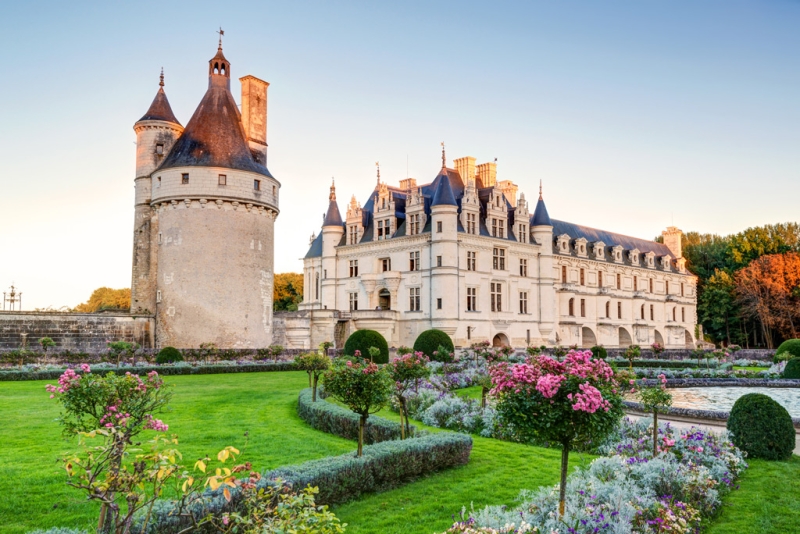
Chenonceau Castle (on the map)
The architectural ensemble of Chenonceau, located far from populated areas, is called the “Ladies’ Palace”. Several prominent women who played an important role in the history of France lived here. One of them is Diana de Poitiers, the favorite of Henry II. She is known to Russian audiences thanks to the novels of Alexandre Dumas. The second is the legendary Catherine de Medici, regent under the young Prince Francis II. In addition, two of her sons spent time in Chenonceau: the future kings of France – Charles IX and Henry III. After the death of Catherine, the castle was taken over by Henry IV, the husband of Queen Margot and the founder of the most famous royal dynasty of France – the Bourbons, who received the title of Duke of Navarre. The last of the kings to live here was Louis XIV.
After this, the palace changed owners several times and in 1888 passed to the family of the wealthy industrialist Meunier. During the First World War, Gaston Meunier allowed a hospital to be built in the castle, where more than 2 thousand people were accommodated. Now a masterpiece of medieval French architecture belongs to a private owner, but is accessible to the public. You can explore the interiors of the castle, stroll through the park and check out the wax exhibition.
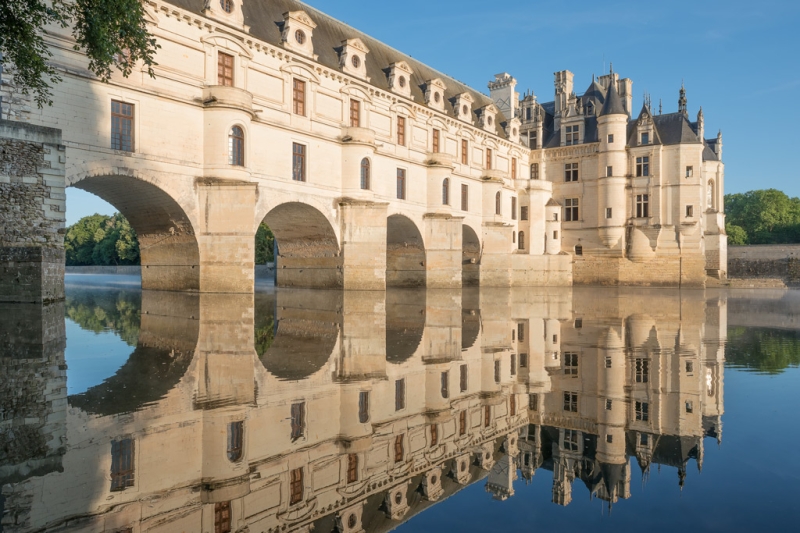
It is impossible to get to the village of Chenonceau by train directly from Paris; you will have to change at the Saint-Pierre-de-Cors station. Tickets cost approximately 30 euros, and travel time depends on how quickly the transfer takes place. On average, tourists get to the castle in 2.5 hours.
Entrance to the palace (including a visit to the Wax Museum) costs from 13 euros. Visitors are offered an audio and video guide in Russian, booklets and brochures with photos and detailed descriptions of the halls and parks. The castle opens at 9 am and closes at 7 or 8 pm depending on the season.
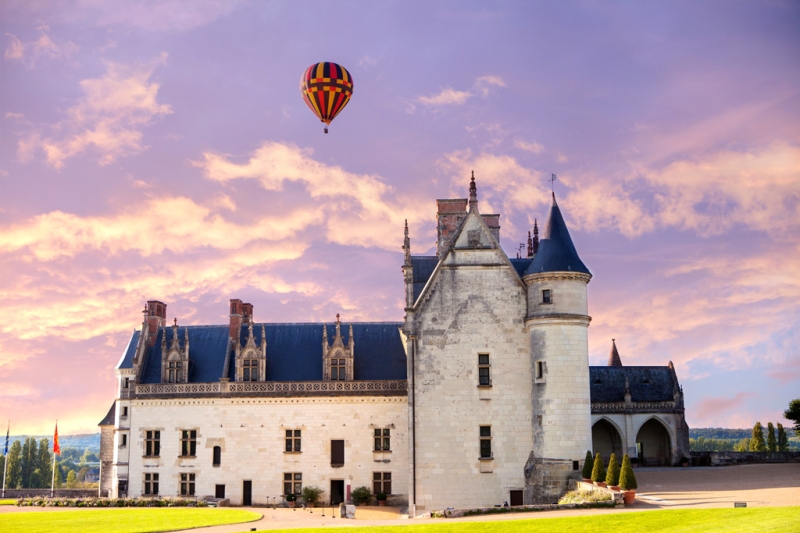
The castle ensembles of the Loire Valley are included in the list of UNESCO World Heritage Sites. They embody the spirit of medieval France and allow us to imagine exactly how the royals of that time lived. The easiest way to visit castles is from Paris, where there are regular direct flights from Russia. You can get to the fortifications either on your own or by booking a bus tour directly in the capital of France. The route lasts 10-12 hours and usually includes visits to 2 to 5 castles.
Looking for cheap hotel booking? OneTwoTrip has a large selection of accommodations at affordable prices.

